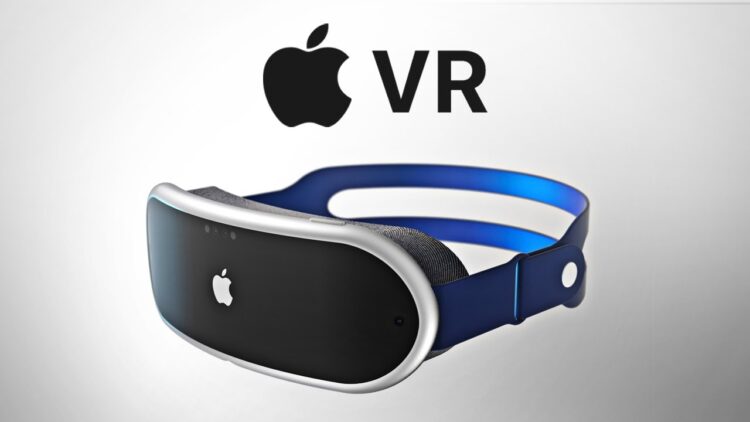As unveiled by developers, this technology will take the form of a face-worn computer, seamlessly blending VR and AR encounters. Beyond the array of novel attributes detailed below, this advancement will seamlessly integrate into the broader Apple ecosystem.
The prospects are exhilarating, aren’t they? But when can we anticipate the debut of this pioneering technology? How does it function? And what does it mean for our engagement with virtual reality? Continue reading to unearth the latest revelations in this article.
How Does It Work?

The Apple Vision Pro is an advanced headset that combines virtual and augmented reality experiences, making it a “mixed reality” device. Unlike traditional augmented reality glasses, the Vision Pro fully covers the eyes, creating an immersive experience by blocking out the surroundings.
The Vision Pro incorporates exterior and interior cameras to enable augmented reality features. These cameras work together to map the user’s surrounding space and project an accurate representation of the real world. This allows users to perceive their environment even though they are not looking through transparent glasses.
One of the key functionalities of Vision Pro is its ability to display 3D windows, content, and objects within the user’s physical space. The device can seamlessly integrate virtual elements into the real world by leveraging the cameras’ mapping technology. Conversely, the cameras can be deactivated, creating a completely virtual environment and shutting out the external world.
Apple has designed the Vision Pro with diverse applications in mind. It aims to allow users to work, consume content, play games, communicate, and engage in various activities “anywhere” using just the Vision Pro headset. This versatility makes Vision Pro a powerful tool for enhancing productivity and entertainment experiences.
Specification and Design
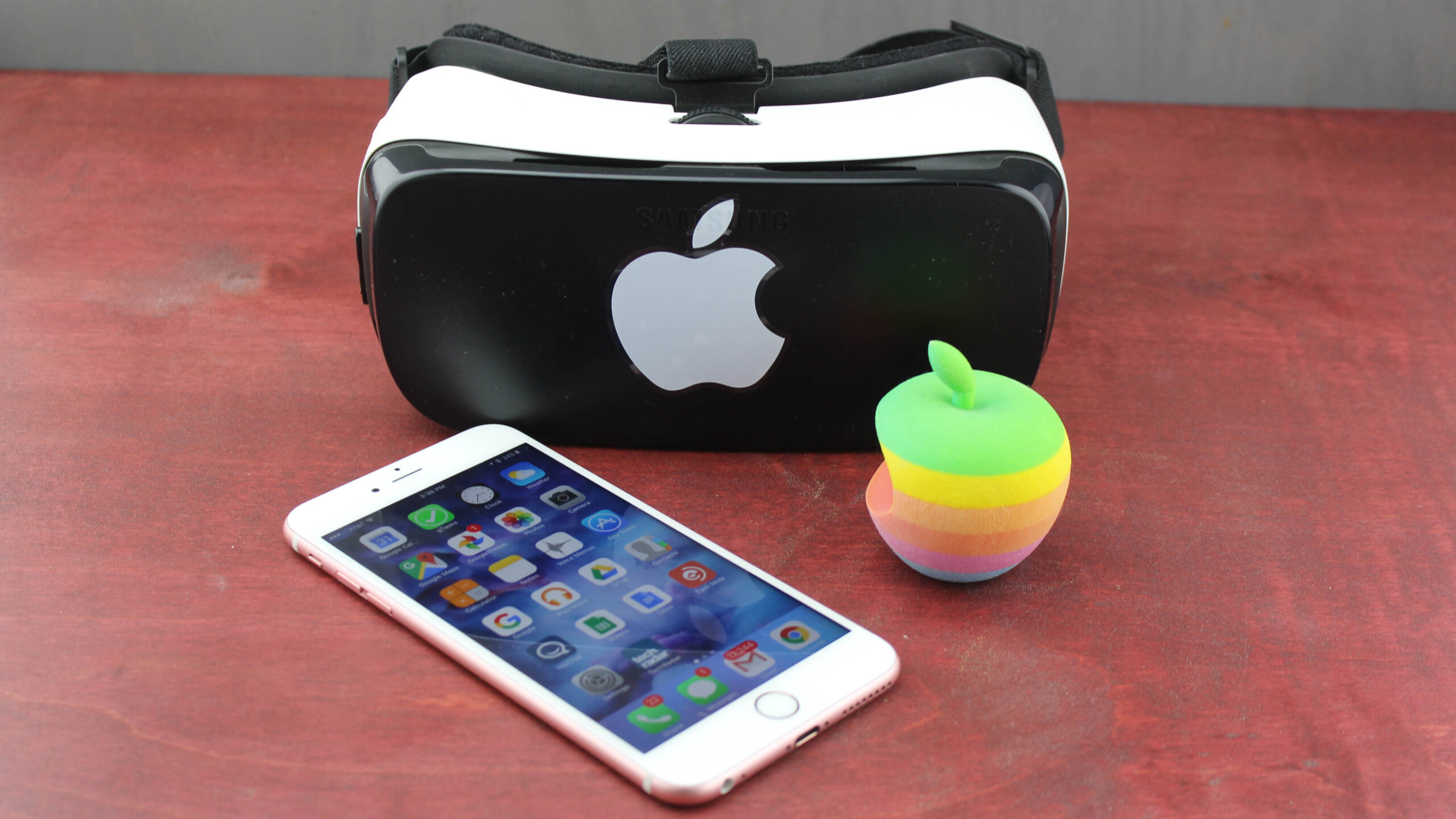
Apple’s VR/AR headset is poised to revolutionize wearable technology. Designed for everyday use, the headset boasts a sleek and non-bulky profile. Leveraging VR technology stacks, users will encounter virtual and augmented reality within a visor that either obscures or enriches their real-world surroundings.
The headset’s construction centers on a curved aluminum alloy frame encircling the face, complemented by a single piece of laminated glass fashioned into a three-dimensional contour. The Light Seal component, aptly flexible, molds to facial contours, precisely fitting and effectively blocking out undesired light.
Enhancing comfort, the Headband incorporates cushioning, elasticity, and breathability. It introduces the Fit Dial, permitting meticulous adjustment for a tailored fit to any user’s head. Spatial Audio, delivered through speakers near the ears, envelops users in immersive, high-quality sound while maintaining awareness of their environment.
The optical elements encompassing cameras and sensors, responsible for observing the surroundings, reside within a unified three-dimensional laminated glass piece. This innovative design encapsulates Apple’s commitment to creating a seamless and cutting-edge VR/AR experience.
3D Camera
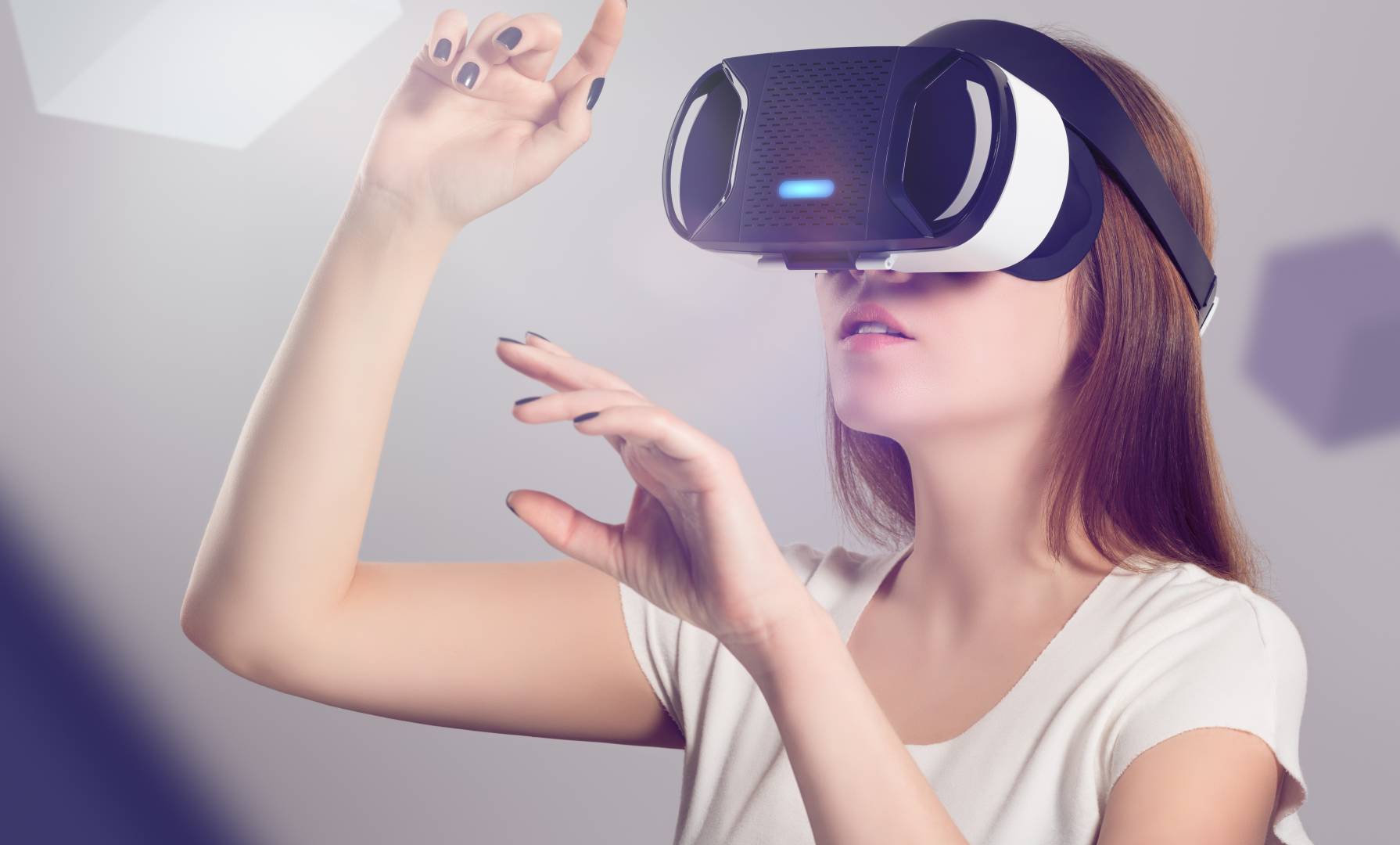
A standout feature that elevates the Vision Pro to premier status among AR/VR headsets is its remarkable camera, enabling the capture of photos and videos in 3D. Upon revisiting these visuals, users can fully immerse themselves in the ambiance of the scene. This feature finds exceptional synergy with panoramas that envelop the viewer, delivering an extraordinary virtual reality encounter.
Furthermore, Apple commits to enhancing user experiences by offering a collection of awe-inspiring landscapes, enabling users to seamlessly transform their surroundings. This capability ensures that the Vision Pro not only offers a captivating journey into augmented and virtual reality but also empowers users to craft their own immersive narratives.
Navigation
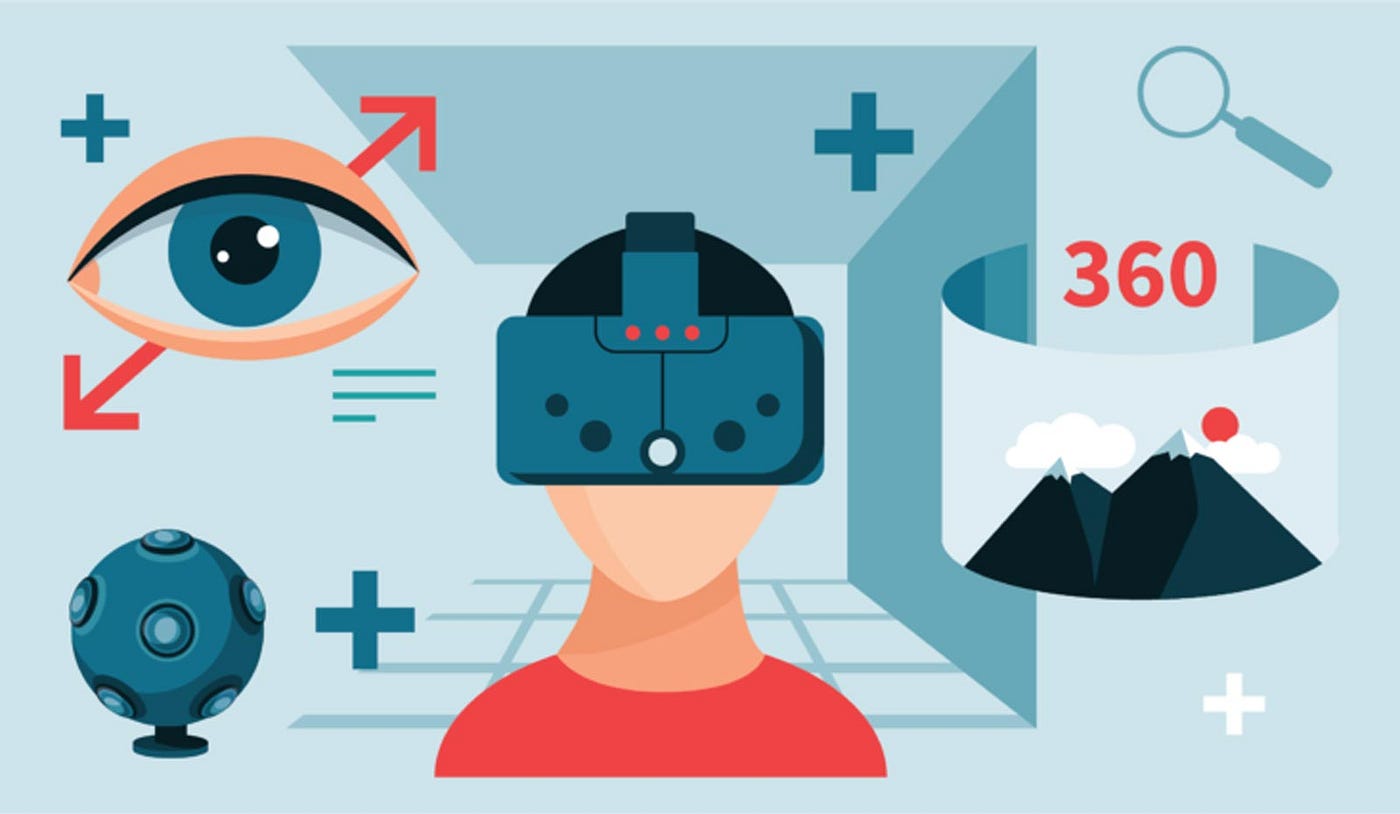
The Vision Pro distinguishes itself by its absence of physical controls. Interaction relies on hand gestures, eye movements, and voice commands. An exemplary case is within visionOS, where one can merely highlight an element, such as an app icon, by directing their gaze. Quick hand gestures enable the launch of the designated app.
Mice, Bluetooth keyboards, Trackpads, and game controllers can be linked to the Vision Pro for alternate navigation. While compatible with Mac connections and Apple Arcade games, this option primarily serves as an alternative to the primary gesture-based navigation. This diversity of input methods underscores Apple’s commitment to accommodating a range of user preferences and needs.
Speakers/Audio
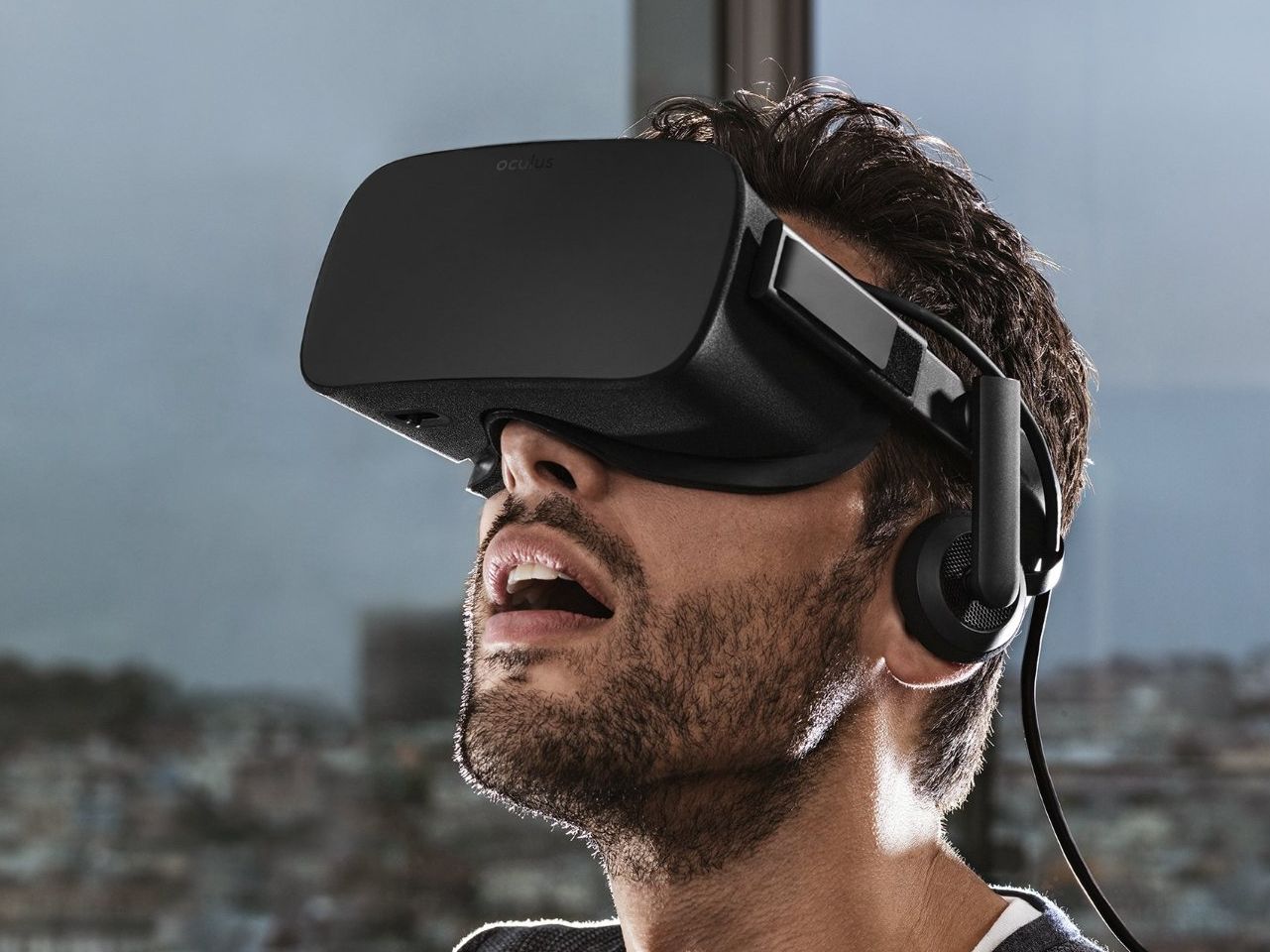
Positioned on both sides of the headset, speakers are ingeniously incorporated into the straps, seamlessly connected to the frame. These speakers incorporate powerful dual-driver audio pods positioned adjacent to each ear. Remarkably, they possess the capability to assess the acoustic attributes of a room, adjusting the sound profile to harmonize with the surroundings.
The speakers go beyond conventional audio delivery by embracing spatial audio, immersing users in an immersive surround sound realm. Furthermore, the Vision Pro is fortified with six microphones, catering to diverse functionalities such as video calls, phone calls, and voice-activated commands. This comprehensive auditory integration epitomizes Apple’s dedication to providing a holistic sensory experience within the headset.
Ram and Processors
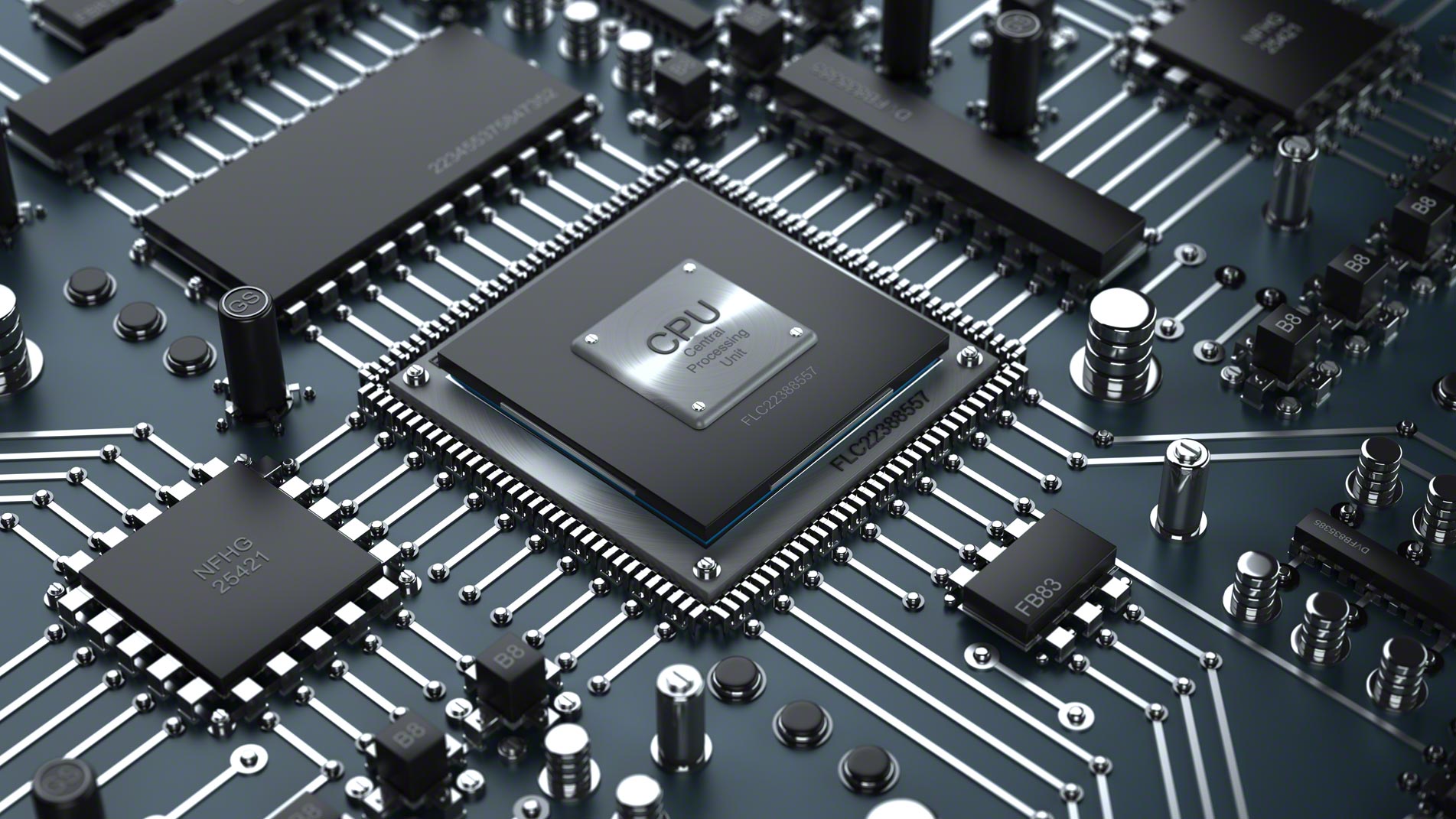
The core of the Apple Vision Pro’s capabilities is anchored in its dual-chip configuration. The M2 main processor is at the helm, recognized from its debut in the 2022 MacBook Air. The M2 takes charge of content processing, execution of the visionOS operating system, deployment of computer vision algorithms, and management of graphical content.
Complementing this is the R1 chip, which manages data from the cameras, sensors, and microphones. Notably, this chip can transmit images to the displays within 12 milliseconds, ensuring a virtually lag-free real-time experience.
The Vision Pro employs an internal thermal system to regulate temperature and enhance performance. This discreet system efficiently circulates air throughout the headset, balancing heat control and optimal functionality.
Moreover, the Vision Pro headset includes specially crafted dynamic random access memory (DRAM) to facilitate the functioning of the R1 input processing chip. Apple has partnered with SK Hynix, which will provide low-latency 1-gigabit DRAM chips enhanced with additional input and output pins to minimize delays. This intricate amalgamation of chips and technological enhancements underlines Apple’s commitment to seamless performance and user experience.
VisionOS
![]()
A striking feature of this mixed-reality headset is its foundation on Apple’s inaugural spatial operating system, aptly named VisionOS. This innovative platform amalgamates the core strengths of macOS, iOS, and iPad, creating an immersive environment where control over the Vision Pro device is facilitated by integrating your hands, voice, and eyes.
VisionOS’s architecture seamlessly merges the user-friendly attributes of these established systems, translating them into an immersive experience where users can navigate and interact using intuitive gestures, voice commands, and eye movements. This symbiotic fusion of existing Apple ecosystems brings forth a paradigm-shifting operating system tailored to the demands of the Vision Pro, a testament to Apple’s unceasing commitment to pioneering technological advancement.
Security and Privacy
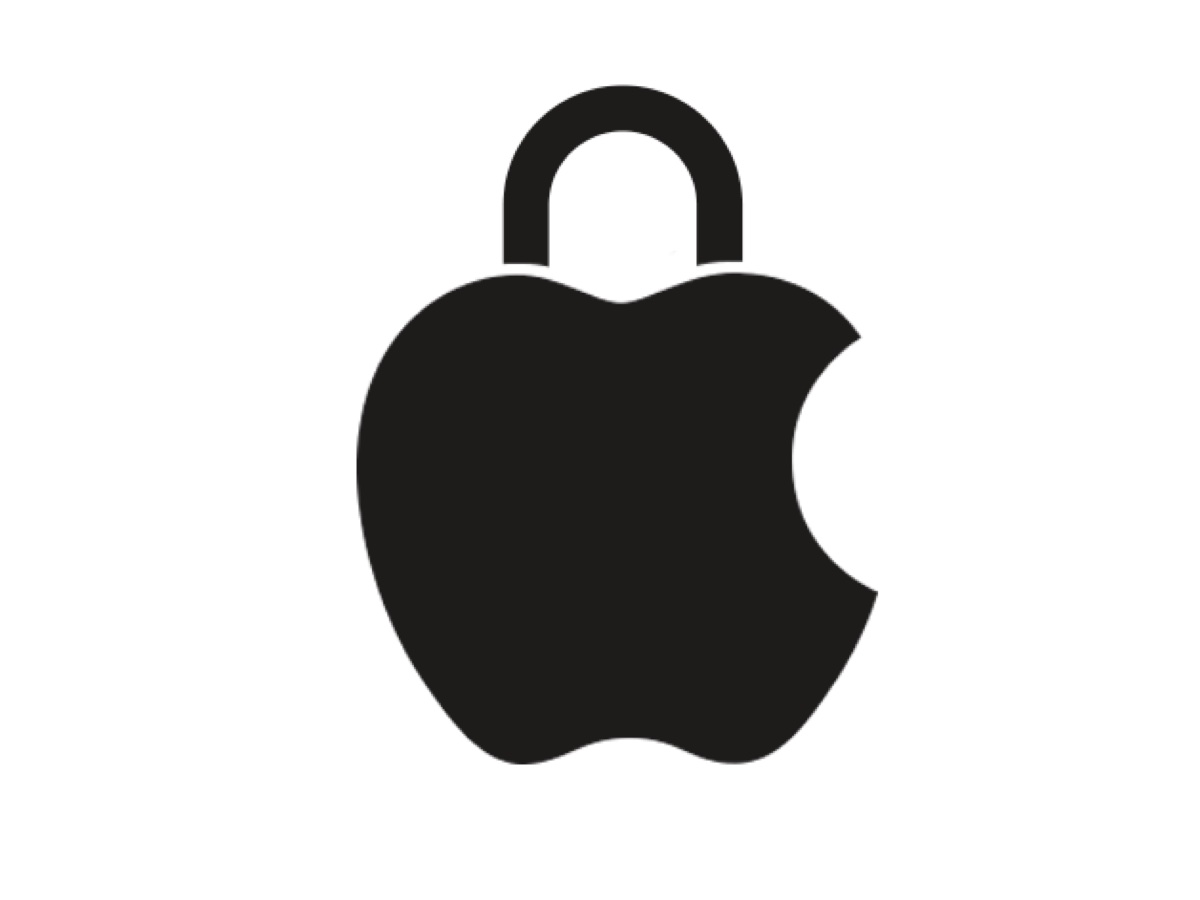
Apple’s unwavering dedication to privacy extends to their AR/VR headset. Just as in their other products, privacy remains paramount. This commitment is evident in the meticulous integration of existing security measures, coupled with the introduction of cutting-edge technologies such as Optic ID. This novel authentication system leverages the distinctive characteristics of an individual’s iris, ensuring secure access.
Furthermore, the Vision Pro incorporates sensors like LiDAR into the frame. This strategic placement facilitates spatial computing, allowing users to remain aware of their surroundings without encroaching on the privacy of others. This fusion of advanced security features and privacy-conscious design underscores Apple’s emphasis on providing an immersive experience while preserving personal privacy and security.
Spatial Experiences

The Apple AR/VR headset is a technological marvel catering to gamers and movie enthusiasts. Its custom micro-OLED display boasts 23 million pixels, exceeding 4K TVs. A unique three-element lens enhances immersion. The spatial audio system adapts sound to room acoustics for an encompassing experience. Apple’s AR headset sets a new benchmark in immersive entertainment.

